The first hibernation studies with human subjects could be feasible within a decade, a European Space Agency (ESA) researcher thinks.
Such experiments would pave the way for a science-fiction-like approach to long-duration space missions that would see crew members placed into protective slumber for weeks or months on their way to distant destinations.
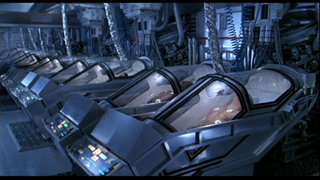
For all these reasons, hibernation, also known as torpor, has long been a staple of sci-fi space movies. From “Alien” to “2001: A Space Odyssey,” fictional space travelers have crossed vast distances cocooned unconscious inside high-tech pods while AI machines and android robots keep their spacecraft on a steady course.
Despite being a sci-fi trope, putting humans into long-term induced torpor may not be a far-fetched idea after all. Jennifer Ngo-Anh, a research and payload coordinator of Human and Robotic Exploration at ESA and a co-author of a recent paper(opens in new tab) outlining the space agency’s approach to hibernation research, told Space.com that depending on funding availability, the first human torpor trials could take place as early as the mid-2030s.
“Of course, we need to finetune everything before we can apply it to humans. But I would say that 10 years is a realistic timeline,” Ngo-Anh said.
This fine-tuning is already underway. First studies have shown that it’s possible to induce torpor(opens in new tab) in otherwise non-hibernating animals, such as rats, and bring them safely back to life a few days later. The process of triggering hibernation is rather intricate and involves reduced exposure to daylight and a period of intense feeding followed by a strict fast.
“The rats receive a drug, a neurotransmitter substance, and are brought into a dark space with reduced temperature,” Jürgen Bereiter-Hahn, professor emeritus in neuroscience and cell biology at Goethe University in Frankfurt, Germany, and member of ESA’s hibernation research group, told Space.com in an interview. “It works very nicely, but the problem is that you have to apply the signaling molecule repeatedly to maintain the state. You need to maintain very high levels of the neurotransmitter and that could have deleterious effects over the longer term.”
Why do we want to make people hibernate?
The question is whether induced torpor could ever be safe enough to be administered to space travelers in tiny spacecraft with minimal medical supervision and equipment. Ngo-Anh sees the problem from a different perspective. Torpor, she said, could, in fact, be the only way forward for long-duration space missions.
Loss of bone and muscle mass is a big issue for spacefarers. Even at the International Space Station, where high-tech fitness machines are available and strict exercise protocols are followed, astronauts lose up to 20% of their muscle mass(opens in new tab) in a month. Their bones get gradually weaker too. Footage of crews returning to Earth frequently shows fragile beings transported by medical personnel in wheelchairs and stretchers. But there will be no support crews waiting by after a landing on Mars.
“This is a real problem for astronauts in microgravity,” Bereiter-Hahn said. “Astronauts need to train a lot because otherwise they really would have serious problems when they get back to gravity conditions.”
Research shows that the effects of microgravity on the human body resemble those of long-term bed rest. Strangely, bed rest while hibernating doesn’t seem to result in such effects at all. Unlike a patient recovering from a long illness or medical coma, an animal waking up from hibernation shows surprisingly high fitness levels.
“When animals wake up from hibernation, they very quickly remember their surroundings,” Ngo-Anh said. “Within seconds, they remember where they hid their food before they went into hibernation, and they actually don’t suffer much muscle loss, which is quite surprising after months just lying and sleeping in a cave.”
Researchers think that the key to the protective effects of the torpor state is its physiology. Although hibernation superficially resembles sleep, inside the body the process works in a completely different way. Unlike a sleeping brain, a hibernating brain produces barely any electromagnetic activity. The heart rate of an animal in torpor drops to only a few beats per minute, and its body temperature declines to what would otherwise be considered dangerous hypothermia. Even the cells that make up the animal’s body stop their usual business of processing or creating nutrients, dividing and dying. By all biological measures, the torpor state is almost like hitting a pause button on life.
“We know from studies that it reduces the lifespan of animals which normally go into torpor when they are prevented from going into torpor,” Alexander Choukèr, a professor of medicine and an anesthesiology expert at the Ludwig Maximilians University in Munich, Germany, who is also a member of the ESA team, told Space.com. “When they have these torpor phases in between, the animals can live five years, for example. When the torpor is missing, it could be just four years.”
This pause-button quality of the torpor state is key to its promise for spaceflight missions. The hibernating astronaut in a Mars-bound capsule would not only save the agency cost for water, food and oxygen. He or she would, most likely, wake up rather fit, without suffering many of the negative side effects of long-term bed-rest or living in microgravity. In fact, studies show that the slowed down cells of a hibernating body don’t get damaged by radiation, which is one of the biggest health-concerns during lung-duration space missions.
Boon to medicine
These protective properties make hibernation a fascinating possibility not just for spaceflight, but also for medicine. Just like astronauts in microgravity, patients in long-term bed-rest and those in medically-induced coma waste away quickly. The recovery is slow and painstaking.
“We put people under anesthesia all the time, but they still degrade,” said Choukèr. “After you leave an Intensive Care Unit, if you are there for a long time, you are like a skeleton because of the degradation metabolism that sets in. To be able to hit that pause button would be a game-changer.”
Slowing life processes, including the degradatory ones, to a minimum would provide what Bereiter-Hahn calls a “bridge,” a period of time that would allow physicians to look for solutions without racing against the clock.
“You can use that time to, for instance, develop special antibodies for a tumor and treat that tumor very successfully,” said Bereiter-Hahn. “Also in organ transplantation, you would put the whole organ into torpor, as well as the patient, and then you could exchange those organs at much less danger for the patient.”
In fact, added Ngo-Anh, cooling has been used by brain and cardiac surgeons for decades to improve outcomes of complicated surgeries.
Although most of the current hibernation research is funded by space agencies and zoology institutions, Choukèr thinks that the first human to be put into this paused state of being will most likely be an intensive care patient. Once the first human survives and benefits from torpor, things will likely start moving forward much faster.
“As it has always happened in medicine, you have to have the first human to be subjected to these conditions,” Choukèr said. “At a certain point, there is a case number one where you apply [the new technique] because the risks and benefits are in a balance, and leaning more to the benefits of the subject. And then you can start from there.”
Choukèr is not worried if medicine doesn’t have the complex biological intricacies of the torpor state including all of its neurotransmitter signaling and environmental factors perfectly nailed down by that time. Patients (and astronauts) could still benefit, just as they have done from general anesthetics for decades.
“We do [anesthesia] every day but we still don’t 100% understand how it works,” Choukèr said. “We’ve gained a lot of knowledge over the past 20 years but certainly, when they first started applying anesthesia, there was no real idea how this was working in the brain.”
The researchers, however, agree that for hibernation to be of any use in spaceflight, it would have to work without complicated life support machines and constantly monitored intravenous lines. The journey from patient one to a trip to Mars may therefore take quite a bit longer.
Follow Tereza Pultarova on Twitter @TerezaPultarova. Follow us on Twitter @Spacedotcom and on Facebook.

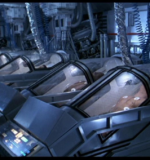

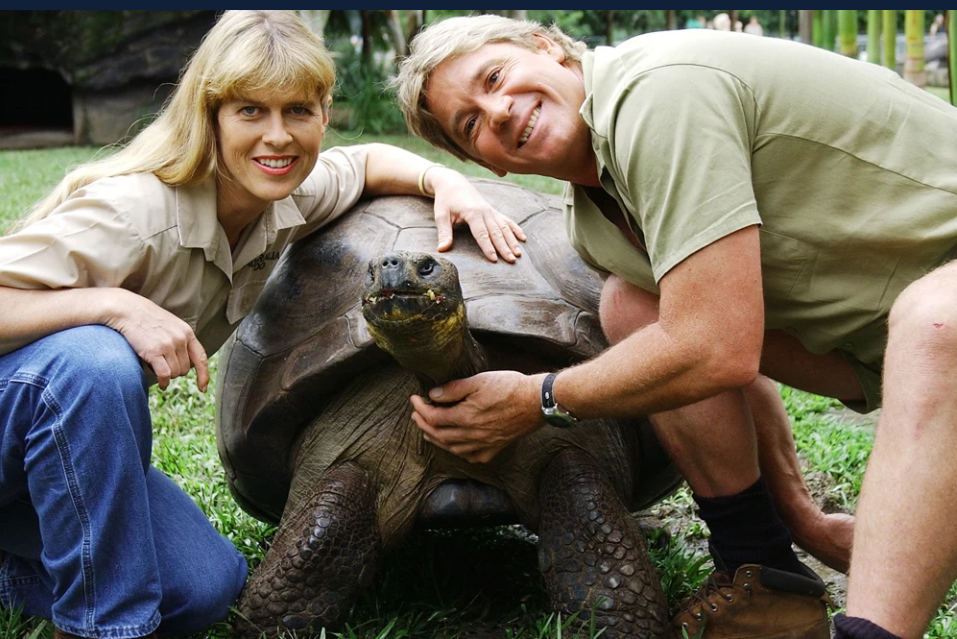
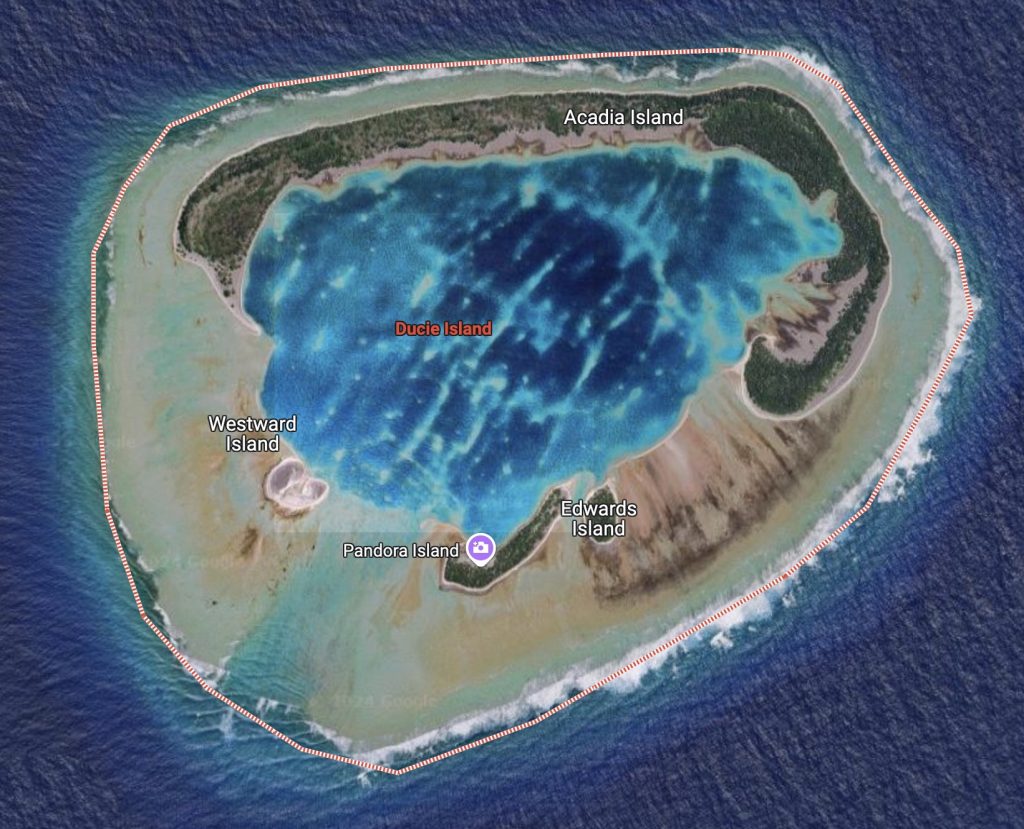


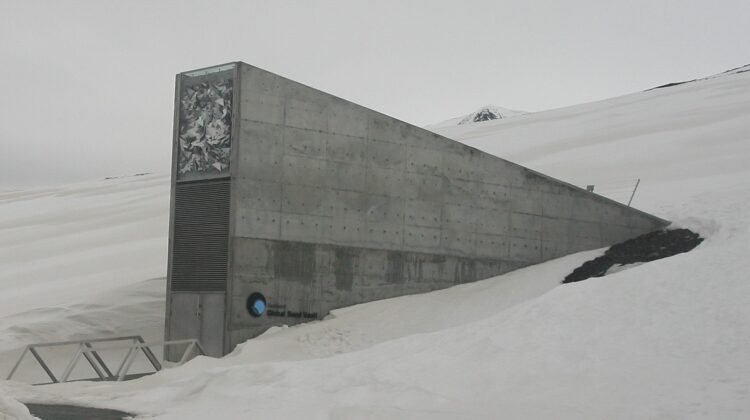
 Photographer Finds Locations Of 1960s Postcards To See How They Look Today, And The Difference Is Unbelievable
Photographer Finds Locations Of 1960s Postcards To See How They Look Today, And The Difference Is Unbelievable  Hij zet 3 IKEA kastjes tegen elkaar aan en maakt dit voor zijn vrouw…Wat een gaaf resultaat!!
Hij zet 3 IKEA kastjes tegen elkaar aan en maakt dit voor zijn vrouw…Wat een gaaf resultaat!!  Scientists Discover 512-Year-Old Shark, Which Would Be The Oldest Living Vertebrate On The Planet
Scientists Discover 512-Year-Old Shark, Which Would Be The Oldest Living Vertebrate On The Planet  Hus til salg er kun 22 kvadratmeter – men vent til du ser det indvendigt
Hus til salg er kun 22 kvadratmeter – men vent til du ser det indvendigt  Superknepet – så blir snuskiga ugnsformen som ny igen!
Superknepet – så blir snuskiga ugnsformen som ny igen!  Meteorite That Recently Fell in Somalia Turns Out to Contain Two Minerals Never Before Seen on Earth
Meteorite That Recently Fell in Somalia Turns Out to Contain Two Minerals Never Before Seen on Earth  Nearly Frozen Waves Captured On Camera By Nantucket Photographer
Nearly Frozen Waves Captured On Camera By Nantucket Photographer  It’s Official: Astronomers Have Discovered another Earth
It’s Official: Astronomers Have Discovered another Earth 